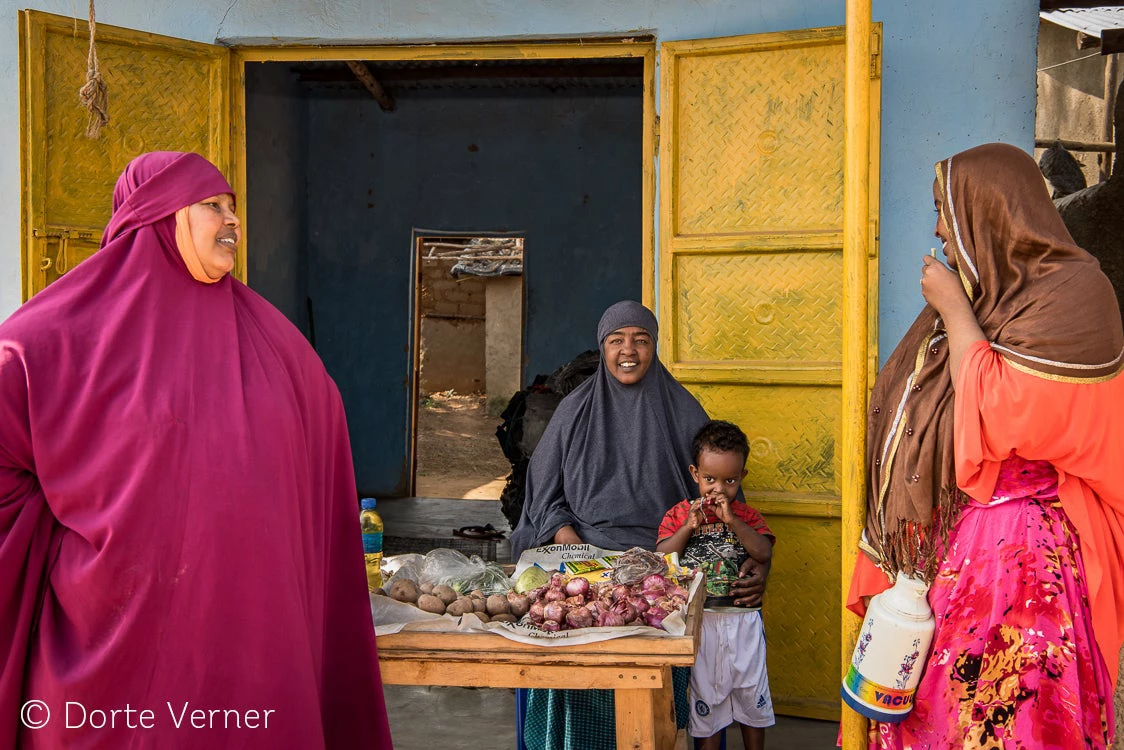
Today on World Refugee Day, we hear once again that the number of people forcibly displaced due to conflict and persecution has increased to 65.6 million by the end of 2016, according to UNHCR’s latest Global Trends report.
These numbers have served to galvanize attention to the severity of this crisis, providing momentum for the global community to take action. At the same time, these numbers have caused anxieties among many hosts, especially in OECD countries. Taking center stage in the political debate, it has raised questions over their ability to support all of those fleeing conflict, at times leading to fear and rising anti-refugee sentiments.
Have we really entered a “new world” where population movements are on a scale never experienced before, calling for extraordinary measures to stop the flow? To answer this question, it’s worth taking a closer look at the numbers.
The 65.6 million that have been forcibly displaced are in fact comprised of four different groups of people that have very different characteristics and are hardly comparable. These differences matter when considering a response, to inform policies and determine appropriate solutions. This is the breakdown of the 65.6 million.
- 17.2 million refugees under UNHCR mandate: This includes 5.5 million Syrians, most of whom have been in exile for a few years in Jordan, Lebanon, or Turkey; but also 2.5 million Afghans, who often have been in Iran and Pakistan for decades; and about 1.4 million South Sudanese who are moving in large numbers into Ethiopia and Uganda as I write these lines.
- 2.8 million asylum-seekers: These are people who have applied for refugee status and are awaiting a decision: Syrians, Afghans, Iraqis who are in Germany, the US, or Italy for example.
- 5.3 million Palestinian refugees registered by UNRWA: This group has a specific status, one that is inherited, regardless of citizenship or where the person lives. It includes many who live under dire circumstances as well as others who now own business and are de facto included in their new host communities.
- 40.3 million Internally Displaced Persons (IDPs): These are people who have been displaced by conflict and violence, but still live in their own country. This group, the largest by far, is also where statistics are weakest. It includes people who live in the midst of war (in Syria or Yemen) as well as people who have been displaced for a long time from unsafe rural areas to cities, such as in Colombia or the Caucasus. Their prospects and needs are differ considerably. Contrary to some assumptions, there is no evidence that IDPs will eventually leave their country to become refugees.
Missing from the 65.6 million is the number of people who live in host communities – people whose lives are affected by the arrival of large numbers of new comers. They need help to manage the crisis, especially since 95% of the forcibly displaced live in developing countries, often in remote areas where there are few opportunities.
It’s also important to note that counting refugees is tricky. Unless they are in camps, they can be difficult to identify. Add to this methodological and definition issues, and there is even less certainty. For example, how many refugees were in Norway at the end of 2013? The question seems simple enough, but the answer is not. The number ranges widely, from 18,000 according to Eurostat (the EU statistical office), 46,000 according to UNHCR, and 132,000 according to Norwegian Statistics. Counting IDPs are even more challenging.
Bottom line: of the 65.6 million people today who are in forced displacement, only a very small fraction may eventually move to OECD countries. In fact, of the ten largest refugee-hosting countries, only Germany is in the OECD, at number eight in the rankings. Developing countries are shouldering the largest share of this global responsibility.
Numbers can create perceptions that aren’t necessarily founded in fact, and facts can be difficult to establish. What’s even more important, we must not forget that this is not just about numbers. These are people who have endured great hardships, who need help to become self-reliant and contribute to development along with their generous hosts.


Join the Conversation